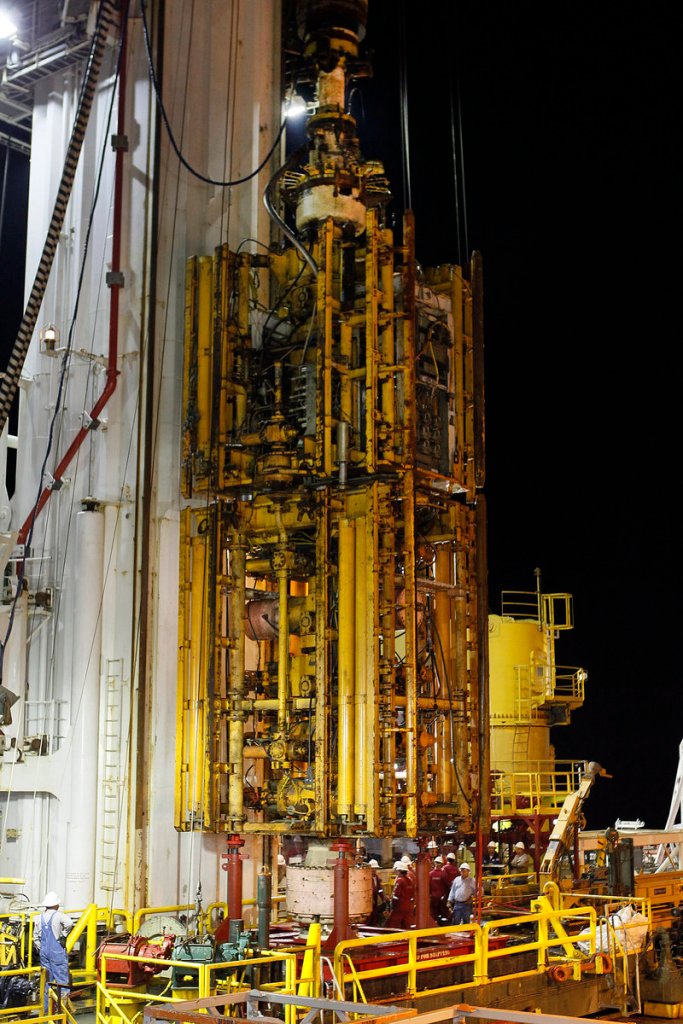NEW ORLEANS – The blowout preventer that should have stopped the BP oil spill cold failed because of faulty design and a bent piece of pipe, a testing firm hired by the government said Wednesday in a report that appears to shift some blame for the disaster away from the oil giant and toward those who built and maintained the 300-ton safety device.
At least one outside expert said the findings cast serious doubt on the reliability of all the other blowout preventers used by the drilling industry.
The report by the Norwegian firm Det Norske Veritas is not the final word on the Deepwater Horizon disaster last April that killed 11 workers and led to more than 200 million gallons of oil spewing from a BP well a mile beneath the Gulf of Mexico.
But it helps answer one of the lingering mysteries nearly a year later: why the blowout preventer that sat at the wellhead and was supposed to prevent a spill in case of an explosion didn’t do its job.
The report cast blame on the blowout preventer’s blind shear rams, which are supposed to pinch a well shut in an emergency by shearing through the well’s drill pipe. In the BP crisis, the shear rams couldn’t do their job because the drill pipe had buckled, bowed and become stuck, according to the DNV report.
The 551-page report suggested that blowout preventers be designed or modified in such a way that the shear rams will completely cut through drill pipe regardless of the pipe’s position.
The blowout preventer was made by Cameron International and maintained by Transocean Ltd.
The report suggested that actions taken by the Transocean rig crew during its attempts to control the well around the time of the disaster may have contributed to the piece of drill pipe getting trapped.
“This is the first time in all of this that there has been a clear design flaw in the blowout preventer cited,” said Philip Johnson, a University of Alabama civil engineering professor who did not take part in the analysis. “My reaction is, ‘Holy smokes, every set of blind shear rams out there may have this problem.’ “
In response to the report, Cameron spokeswoman Rhonda Barnat said the blowout preventer “was designed and tested to industry standards and customer specifications.” She added, “We continue to work with the industry to ensure safe operations.”
In a statement, Transocean said the findings “confirm that the BOP was in proper operating condition and functioned as designed.” It added: “High-pressure flow from the well created conditions that exceeded the scope of BOP’s design parameters.”
BP spokesman Daren Beaudo said the oil company supports efforts by regulators and the industry to make blowout preventers more reliable.
Send questions/comments to the editors.



Success. Please wait for the page to reload. If the page does not reload within 5 seconds, please refresh the page.
Enter your email and password to access comments.
Hi, to comment on stories you must . This profile is in addition to your subscription and website login.
Already have a commenting profile? .
Invalid username/password.
Please check your email to confirm and complete your registration.
Only subscribers are eligible to post comments. Please subscribe or login first for digital access. Here’s why.
Use the form below to reset your password. When you've submitted your account email, we will send an email with a reset code.